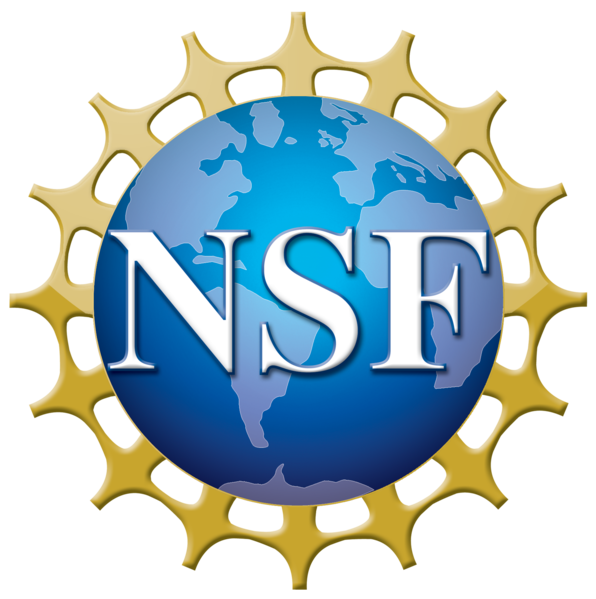Primer on Quantum Networking
01.19.2024
by Dr. Michael Raymer, University of Oregon – A Node in the CQN Network
| 1. What is a quantum network good for? • A quantum network enables and links together diverse quantum technologies, including computing, sensing, and secure communication. 2. What is the essential technical resource that is provided by a quantum network? • The ability to transfer quantum states from one node to another in the network. • The ability to distribute quantum-state entanglement between any two nodes in the network. 3. What does quantum state entanglement enable that is not possible using ‘classical’ (conventional) techniques? • Teleportation of a quantum state across large distances (without sending the physical object itself). Teleportation is not instantaneous but is limited by the speed of light. • Certification of inherent quantum randomness, which in turn enables creating and sharing certified random numbers and secured shared encryption keys. • Improved sensing of physical parameters such as acceleration, gravity, magnetic and electric fields (optical or radio-frequency). 4. What is a qubit? • A qubit has two meanings: it is the ‘smallest’ (elementary) unit of quantum information. And it refers to a physical object such as a photon or an electron that can be put into one of two possible states to physically represent that information. For a photon the states are typically polarization or location. For an electron the states are typically its spin. • A classical bit can be only in one of two possible states. A quantum bit (qubit) can be in one of two possible states or in any ‘superposition’ of those two states. (When in a superposition, it is an ill-posed question to ask, “Which state is it really in?”. When you measure the qubit, it will ‘decide,’ with some known probabilities, to be in one state or the other.) 5. What is the difference between classical information and quantum information? • Classical information can be represented by bits (each having value 0 or 1), and can be written in a permanent form, e.g. on paper or in a computer memory. These bits can be copied as many times as you wish. • Quantum information is information encoded in quantum states of physical objects (e.g. polarization of photons or spins or electrons) and cannot be simply written on paper or in the form of classical bits. It cannot be copied without destroying the information in the original. 6. What are the two primary means for implementing a quantum network? • Ground-based optical fibers sending optical (or near-infrared) photons are projected to perform best over intermediate distances (10s to 100s of km) at high rates of quantum information distribution. • Space-based satellite systems sending optical (or near-infrared) photons are projected in the near term to perform best over very large distances (many 1000s of km), but are low rates. 7. What are the current technical challenges or barriers to implementing quantum networks? • Information-carrying photon are inevitably lost during propagation between nodes, either by absorption or scattering in optical fiber or by diffraction (bean spreading) in satellite-based systems. (In classical telecom losses can be overcome by optical amplification, whereas amplification fails in quantum networks because of the noise that always accompanies it.) • To overcome photon losses in quantum networks, one needs ‘quantum repeaters,’ which can ‘clean up’ the qubit states and transmit the states to an adjacent node. Although it is clear from basic physics that such repeaters can be constructed, they require exquisite engineering with large overhead of physical resources, and none have been implemented in a convenient, deployable manner to date. • If photons are not lost, their states can still be disrupted, for example the polarization mayb be changed in an unknown way. Such effects can lead to loss of optical ‘coherence.’ 8. What are the quantum engineering tasks that need understanding and perfecting? • We need to be able to control and measure the quantum states of light with high accuracy and precision. • We need to be able to transfer photons across the network with minimal loss and/or state disruption. • We need to be able to control and measure the states of material systems (such as atoms) with high accuracy and precision. 9. What are the quantum engineering tools that need understanding and perfecting? Among many others, they include: • Single-photon sources (in large arrays) • Single-photon detectors (in large arrays) • Fast, low-loss optical switches and modulators (in large arrays) • Mass-producible, low-loss, and controllable photonic integrated chips (PICs) • Better space-qualified lasers and detectors 10. When do we expect quantum technologies to be deployed in a practical manner: • Single-point quantum sensors are now emerging that outperform conventional techniques in brain imaging and in acceleration or gravity-field measuring. • Quantum computers are getting close to outperforming conventional computers for special tasks, but it maybe ten to fifteen years (if ever) before all-purpose quantum computing becomes practical. • Quantum networks without entanglement distribution already provide secure communications for financial and other security-sensitive applications, while robust entanglement distribution over distances greater than 10s or 100s of km is maybe ten to fifteen years in the future. • Wide-area coherent arrays of quantum sensors will emerge when quantum networks become available. |

